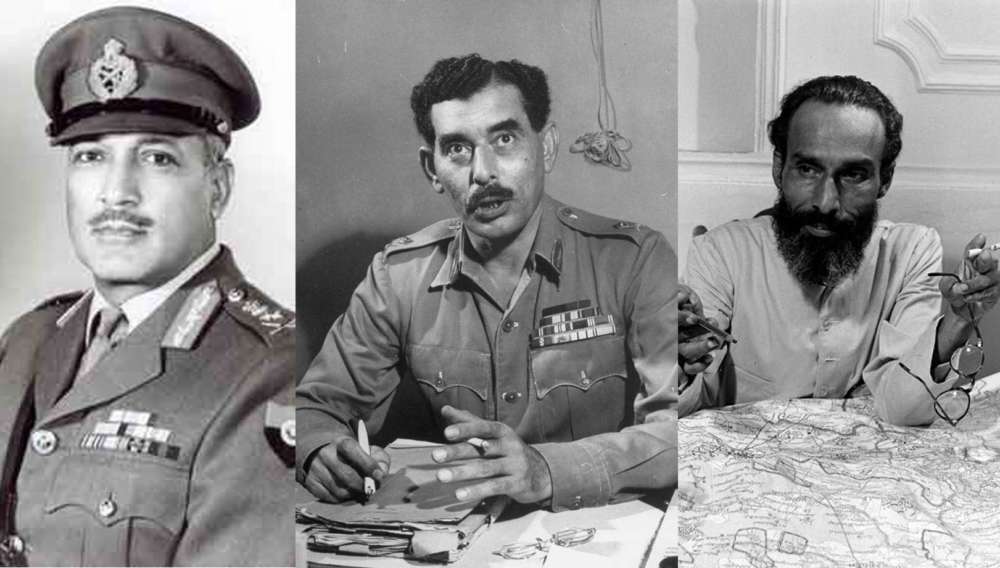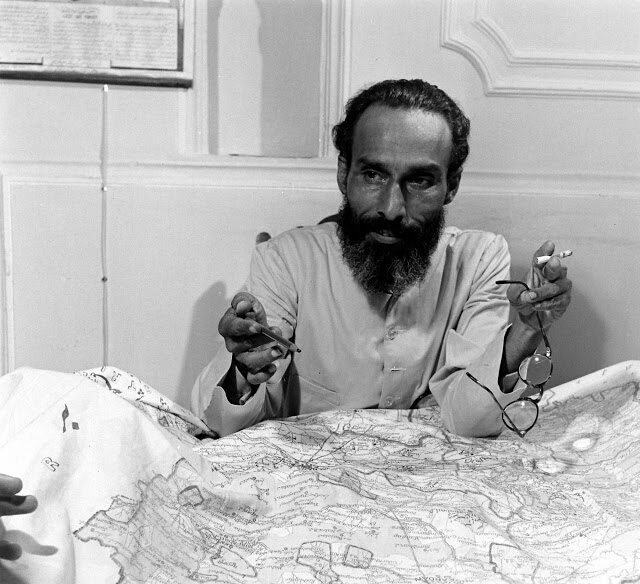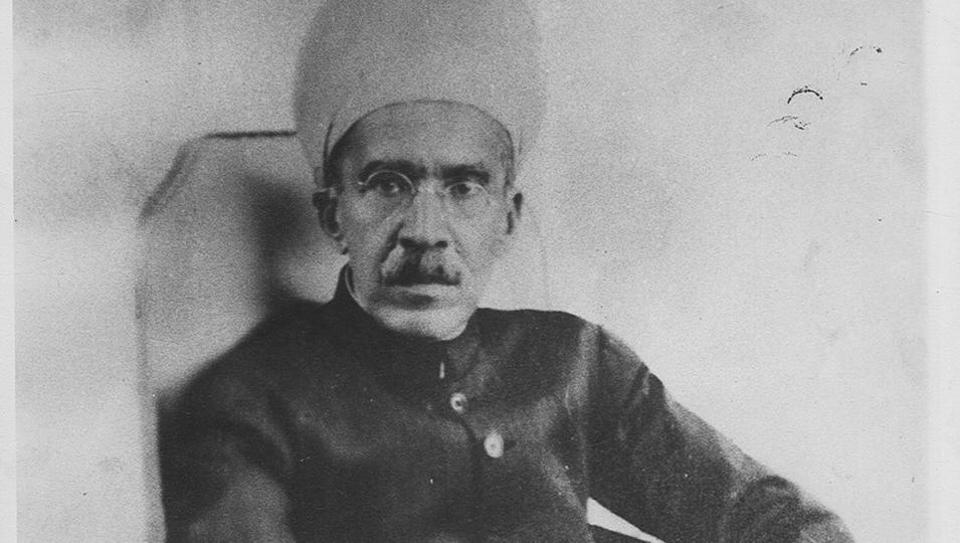Hyderabad: Exactly this day 73 years ago in 1948, the Indian government, after months of deliberations and talks with the last Nizam Mir Osman Ali Khan, finally decided to send its army to annexe (or merge, as some call it) the erstwhile princely state of Hyderabad to India. It would conclude in about four days, and on September 17, the task would be complete.
The military offensive led by India’s J. N. Chaudhuri, called Operation Polo or Police Action in local parlance, has left deep scars on the psyche of Muslims even decades later given the fact that thousands had lost their lives in the aftermath. The entire episode played out like a fast-moving novel over a year starting from India’s independence on August 15, 1947, after Osman Ali Khan refused to join India or Pakistan and decided to stay independent.
The Nizam failed, and his people suffered. Many often wonder if things would have been better had the monarch simply acceded to India and avoided the bloodshed, while others say that India’s method or merging Hyderabad into itself was extreme. The Sunderlal committee report formed in the aftermath of Operation Polo states that 26,000 to 40,000 Muslims were killed in communal violence, mainly in the districts of Maharashtra and Karnataka.
The prime players of the time, apart from the Nizam were India’s Prime Minister Jawaharlal Nehru, Union home minister Sardar Patel, India’s Agent-general to Hyderabad KM Munshi, Hyderabad’s last Prime Minister Laiq Ali, MIM president and head of the Razakars Qasim Razvi, Congress leaders Swami Ramanand Tirtha and Burgula Ramakrishna, Communist Party of India’s Ravi Narayan Reddy, Makhdoom Mohiuddin, P. Sundarayya (and others), and lastly Syed Ahmed El-Edroos, the last military commander of the Hyderabad state army.
Among all of those who were directly involved in the days leading up to Operation Polo, it is perhaps Syed Ahmed El-Edroos who perhaps saved more lives by realising that the Hyderabad state army was no match to the Indian side. Edroos in all his wisdom had surrendered after realising the ground situation, in spite of Hyderabad Prime Minister Laiq Ali stating that the Nizam’s state would be able to take on India’s might.
It would be difficult to say what would have happened had the Hyderabad state actually pitted its troops against the Indian army. Edroos has in fact decided to give up even before the war began, after understanding ground realities. The Hyderabad side had been asked to withdraw three miles after word reached that the Indian army had begun its advance on September 13.
“…I had, as commander-in-chief, withdrawn troops from the borders to within 3 miles in order to avoid any clashes with the Indian Army who were already concentrating on the borders. Mir Laiq Ali and his cabinet ministers were trying to decide upon the disposal of the armed forces of Hyderabad …and finding that I was not going to yield …they thought it best to take over the so-called defences of Hyderabad in their own hands and organise the Razakars,” says Edroos in his memoirs.

We get glimpses of each person’s version of events based on the books they have written. Edroos is most crucial to understand the ground reality of whether Hyderabad was even remotely capable to taking on the Indian Army. It may be noted that Osman Ali Khan was also one of the richest men in the world, and was the king of a relatively peaceful state, until things began simmering in the backdrop of Hyderabad’s fate after independence.
The background of the Hyderabad state
Though the British formally left India in 1947, it however gave princely states and their monarchs the option to join India or Pakistan, or to stay independent. Osman Ali Khan was one of the handful of kings, like Hari Singh of Jammu and Kashmir, who wanted to stay independent. After all, he was a king of the largest princely state, Hyderabad, which comprised 16 districts in 1948 (8 in Telangana, 5 in Maharashtra and 3 in Karnataka).
While Hyderabad as a city was more or less a capital with all modern day amenities and infrastructure by the 1940s, there was also a dark side to it, especially in Telangana’s districts. The rural areas were marked with extreme oppression by state-appointed Jagirdars (landlords), whose main task was to collect revenue (taxes and rent) from farmers and give it to the state. The jagirdars were anything but benevolent or kind.
In fact, that extreme feudal oppression also led to the Telangana Armed Struggle (1946-51), which continued even after Operation Polo. Vetti Chakiri (bonded labour) was also commonplace in rural Telangana, wherein lower-caste folks were forced to service the higher castes and the landowning class. More than that, the Nizam himself had directly owned 10% of the state’s lands, while 60% of it were revenue lands (Diwani), and 30% were under the Jagirdars (Telangana People’s Struggle and its lesson: P. Sundarayya).
Bonded labour and forced collections are believed to be the main reasons behind the uprising, which began in 1946, and officially ended in 1951, till the communists decided to contest elections. Some of the tallest CPI leaders from Telangana then were Makhdoom Mohiuddin, Ravi Narayan Reddy, Arutla Kamala Devi, Ch. Rajeshwar Rao, etc.
Things changed completely in 1946, when a separate parallel political power emerged in the Hyderabad state, in the form of Syed Qasim Razvi, a lawyer from Latur (Marathwada region in Maharashtra), who took over the reigns of the Majlis-e-Ittehadul Muslimeen (started in 1927) in 1946, after the death of Bahadur Yar Jung in 1944. Jung was one the MIM’s most powerful leaders and was a respected figure. It is hard to say what would have happened had he not died under suspicious circumstances (suspected poisoning).

One of the major reasons behind Police Action is believed to be the fanatical Qasim Razvi, who started the Razakar (volunteers) militia, and indulged in atrocities. The issue with Razvi was his violence. The late author Omar Khalidi in his seminal book ‘Hyderabad: After The Fall’ notes that, “Under Razavi’s charge the organisation (MIM) fairly quickly became a militant and somewhat frenzied party, accused, not without cause, of being fascist in both spirit and structure.”
The Indian army’s advance
According to Hyderabad of the Seven Loaves by El-Edroos, a Company of Pathan soldiers were the first to receive “the blow” at Naldurg as it did not withdraw in time once the Indian army began marching in to the Hyderabad state. After that another infantry company at Tuljapur in the same area also suffered casualties and that was pretty much the total fight put up by the Hyderabad state army.
The Indian army entered Hyderabad from the Bombay-Hyderabad main road, finally ending Operation Polo. “I realised the hopeless situation which we were in and any clash by our troops with the advancing Indian army would have only led to guilt feelings and probably harder terms of surrender,” wrote Edroos, who was eventually jailed by the Indian government for a few months until an inquiry cleared his name.
According to Edroos, the Razakars had suffered heavy casualties at Bidar where they tried to take on the Indian army. Many fellow men of Qasim Razi reportedly fled and threw away their uniforms in local lakes along with their weapons.

In fact, we get a n idea of how strong the CPI-led Telangana Armed Struggle was in Edroos’s own book, wherein he writes that the rural areas of Telangana under left-control had a stronger intelligence and that law and order even was in check thanks to them. Many often forget that the Indian army was stationed in Telangana until 1951 to try and quell the peasant rebellion. It was however called-off on October 21 by the CPI after which the party took the democratic route and contested elections (through the People’s Democratic Front) in the first elections of 1951-52.
In the aftermath of Operation Polo, Lt. Col. J. N. Chaudhuri, who led Police Action, took over as military governor for 18 months, after which a provincial government under M. K. Vellodi existed till the first general elections. It may be noted that the last Nizam was made the Rajpramukh in 1950, while Razvi had been arrested and sent to jail for nearly a decade, after which he was allowed to leave for Pakistan.
